Surf’s Up by The Beach Boys
Buy Surf’s Up 1971 was an exceptionally great year for rock n roll, and we at Classic Rock Review regret that we can not give a proper review to all the great works […]
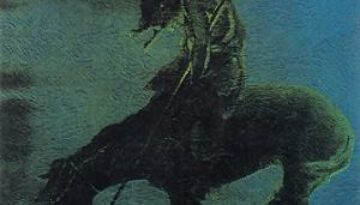
Buy Surf’s Up 1971 was an exceptionally great year for rock n roll, and we at Classic Rock Review regret that we can not give a proper review to all the great works […]

Buy Supernatural The amazing thing about Supernatural is how popular and commercially successful it became in spite of its plethora of styles, multiple lead vocalists and bi-lingual lyrical content. Released in 1999, this […]

Buy Steppenwolf Buy The Second Steppenwolf arrived on the rock scene like a storm in 1968 and released their first two albums, which produced their most indelible classics which persist to this day, […]

Buy Sports Huey Lewis and the News found their peak of commercial success with their third album, Sports. Released in the Autumn of 1983, the album topped the Billboard album charts the following […]
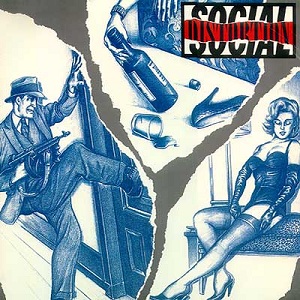
Buy Social Distortion After working for over a decade to refine their sound, Social Distortion finally got their opportunity for a major label release in 1990. Their third overall album, Social Distortion, displays […]
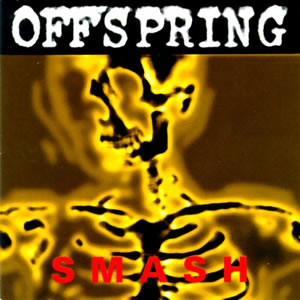
Buy Smash Often overlooked by their more lauded West Coast contemporaries, The Offspring were nonetheless a hard rock powerhouse in the mid to late nineties. Their aptly named breakthrough album, Smash, achieved platinum […]
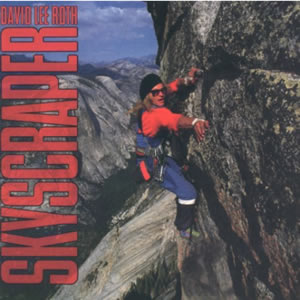
Buy Skyscraper David Lee Roth‘s second full-length solo album, the commercially successful Skyscraper, has had mixed critical response since it was released in 1988. This album, while continuing much of the same good-time-hard-rock […]
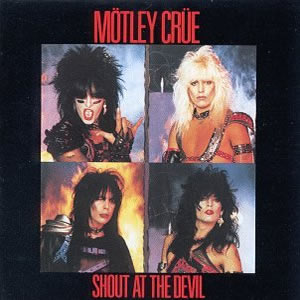
Buy Shout at the Devil Shout at the Devil is the point where Mötley Crüe‘s musical range widened and the perfect template for “hair metal” was forged for the coming years. Coming nearly […]
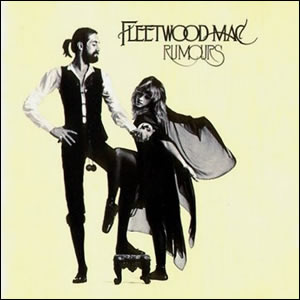
Buy Rumours It took the band Fleetwood Mac ten albums and many lineup shifts to achieve mainstream commercial success, but the group got there with their 1975 eponymous release. This was the first […]
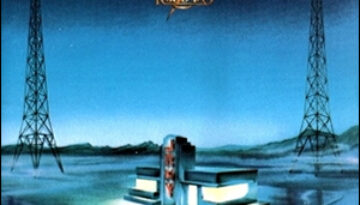
Buy Raised On Radio Following the most commercially successful era for the band, lead singer Steve Perry firmly took control over Journey‘s musical direction. The ultimate result of this new direction was this […]